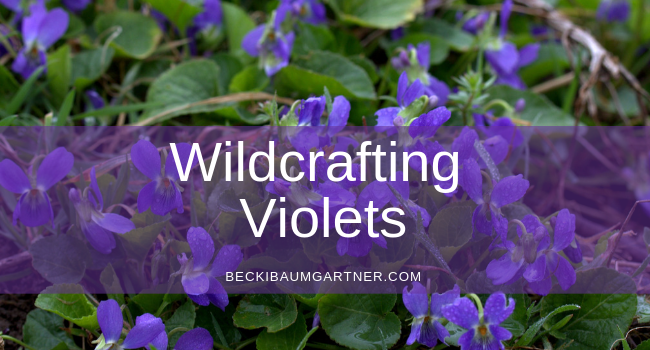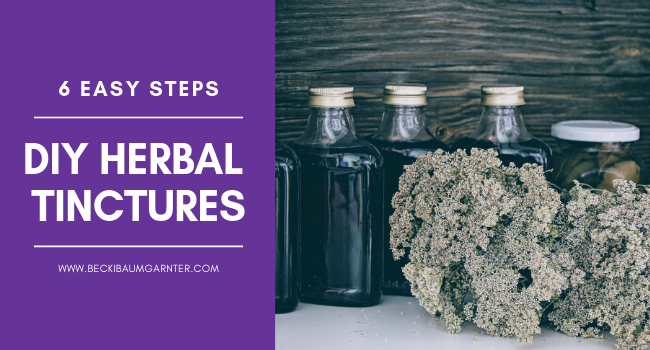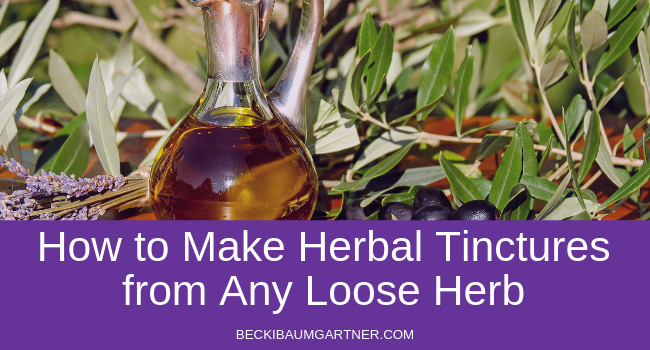You may have common violets growing in your own backyard. I know I do, I have them everywhere.
Although there are some toxic plants that look a little similar to the violet, they are pretty easy to identify and fun to use!
The first step to wildcrafting is getting a couple of good field guides for the plants in your area.
Two of my favorites are:
- A Field Guide to Edible Wild Plants: Eastern and central North America (Peterson Field Guide)
- Identifying and Harvesting Edible and Medicinal Plants in Wild (and Not So Wild) Places by “Wildman” Steve Brill
Use your field guides to properly identify your plants.
If you don’t feel confident in identifying plants yourself, you can learn a lot through wildcrafting groups.
You can find wildcrafting groups on Meetup.com or by searching local venues for weed walks and wildcrafting classes.
Other Names for The Common Violet (Viola Odorata):
The Common Violet (Viola Odorata) has several variations and many different names.
Common names include:
- Ordinary Violet
- Common Blue Violet
- Sweet Violet
- Garden Violet
- Banaf Shah
- Banafsaj
- Banafshah
- English Violet
- Garden Violet
- Kokulu Menekse
- Maarts Viooltje
- Nioi-Sumire
- Purple Violet
- Sweet Blue Violet
- Violet
- Violeta
- Violette
- Violette Des Jardins
The Appearance of The Common Violet:
The Common Violet has
Its roots are creeping and send out runners.
Depending on soil and light Violet flowers may be from deep purple or blue to pinkish or even yellow whitish.
All have 5 petals, which may have a yellow (fur) or beard on the inside of two of the petals, blooming from March to June.
**NOTE: THIS PLANT HAS POISONOUS LOOK-ALIKES AND TOXIC PARTS**
Some plants can be mistaken for the Common Violet are Monk’s Hood, African Violet (houseplant), Larkspur, and Round Leaf Yellow Violet.
The rhizomes (root) can cause nausea and vomiting if eaten.
Harvesting The Common Violet
Gather Violet flowers in full bloom, leaves anytime, and rootstock in fall. Dry Violet root for later use.
Edible Uses of The Common Violet
The leaves and flowers of the Common Violet can be used in a salad, flowers made into jelly, leaves can be layered in and used in lasagna.
A word to the wise: beware of violets’ poisonous rhizomes which are not edible and should be avoided — think massively-bad-curled-up-in-bed stomachache.
Medicinal Uses of The Common Violet
You can make a syrup from violet flowers and leaves. Violet syrup is a great remedy for sore throat, coughing, and respiratory congestion.
Large doses of Common Violet root contain
A decoction made from the dried violet root is used as a laxative.
Tea can be made from the entire Common Violet plant and is used to treat digestive disorders.
Violet has been used for centuries as a medicinal remedy for headache, body pains and as a sedative.
Recent research has detected the presence of a glycoside of salicylic acid (natural aspirin) in the Common Violet, which validates this type of medicinal use.
Violet Syrup Recipe
Pour 1 pint of boiling water over 1 cup packed, of fresh crushed Common Violet flowers and leaves cover and let stand for 12 hours.
Strain and squeeze through
Store in a glass jar.
Give 1 tbs. -1 tsp. for children 2 or 3 times a day.
(Recipe from www.altanture.com.)
Violet Tea Recipe
Steep ¼ cup dried or fresh Common Violet herb in 1 cup of water for 10 min. stain, flavor to taste.
Take in ½ cup doses twice a day.
(Recipe from www.altnature.com.)
Note: Dried herb produces stronger tea.
Sources:
- Alternative Nature Online Herbal, (n.d.), extracted October 23,
2009 from http://www.altnature.com/gallery/violet.htm - Brill, S. (1994.) Identifying and Harvesting Edible and Medicinal Plants in Wild (and Not So Wild) Places. New York: HarperCollins.
My Favorite Books for Wildcrafting & Using Herbs:
Below is a list of my favorite herb books. Enjoy!
- A Field Guide to Edible Wild Plants: Eastern and central North America (Peterson Field Guide)
- Great Smoky Mountains Wildflowers: When and Where to Find Them by William Hutson
- Identifying and Harvesting Edible and Medicinal Plants in Wild (and Not So Wild) Places by “Wildman” Steve Brill
- Jude’s Herbal Home Remedies: Natural Health, Beauty & Home-Care Secrets by Jude C. Williams, M.H.
- Ortho’s All About Herbs by Maggie Oster
- Rosemary Gladstar’s Herbal Recipes for Vibrant Health by Rosemary Gladstar
- Secrets of the Chinese Herbalists by Richard Lucas
- Sunset Herbs: An Illustrated Guide by The Editors of Sunset Magazine
- The Forager’s Harvest: A Guide to Identifying, Harvesting and Preparing Edible Wild Plants by Samuel Thayer
- The Herbal Drugstore by Linda B. White, M.D.
- The Natural Physicians’ Healing Therapies: Proven Remedies Medical Doctors Don’t Know by Mark Stengler, ND
- The Scientific Validation of Herbal Medicine by Daniel B. Mowrey, Ph.D.
- The Way of Herbs by Michael Tierra, L.Ac., O.M.D.
- Wildflowers of the Land Between the Lakes Region, Kentucky, and Tennessee





